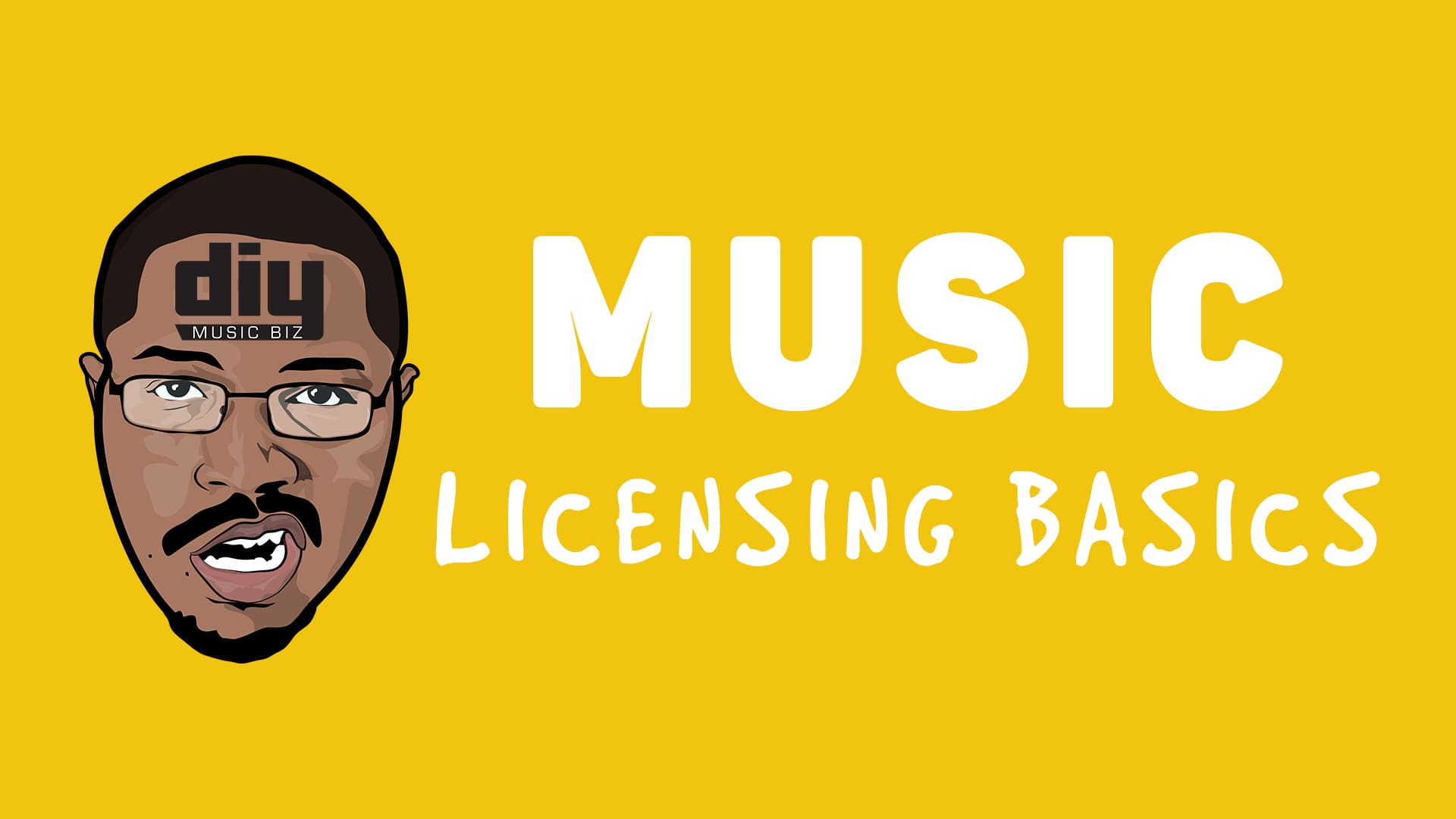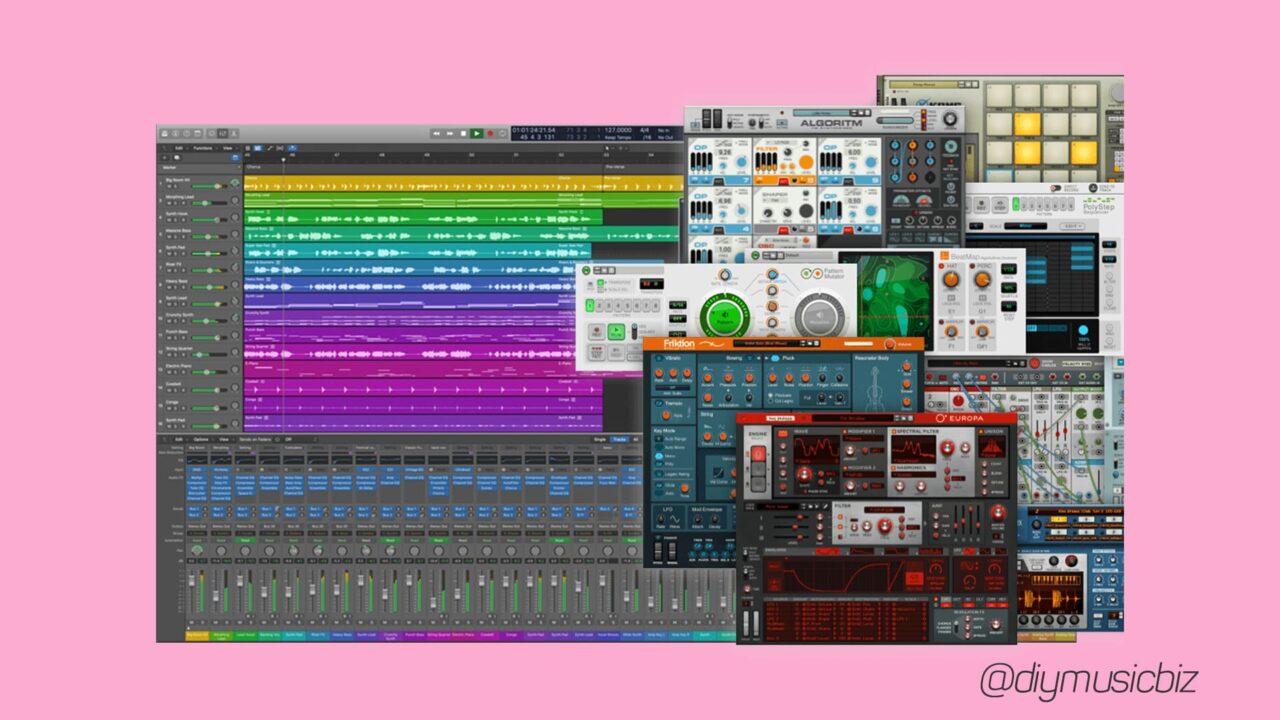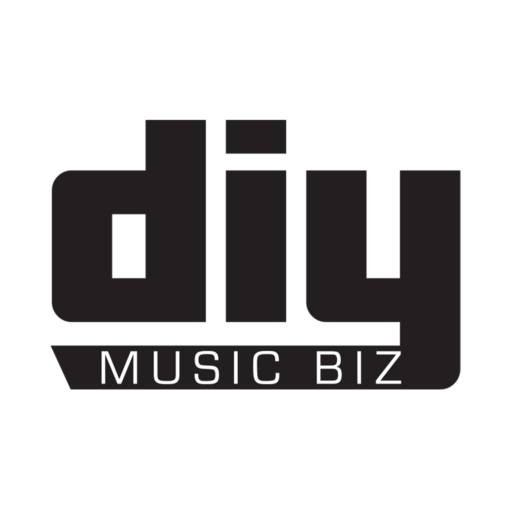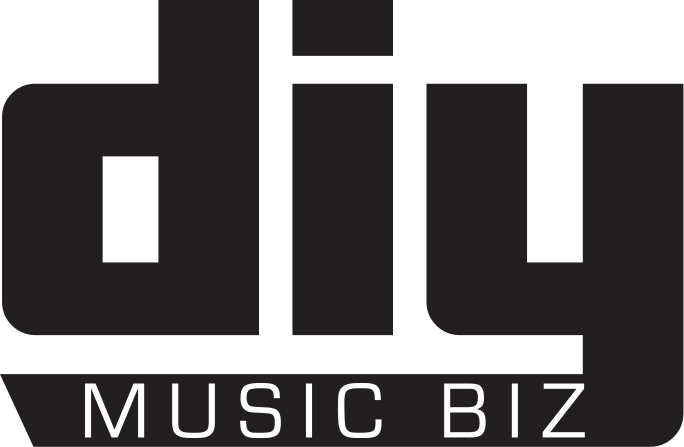Music Licensing Basics: As Music Creators, It Doesn’t Matter If You’re a Music Producer, Songwriter Or Music Student… You Need To Know This Stuff

If you’ve been making music for a while, you’ve probably come across these terms a few times: Music Licensing, Sync Licensing, Sync, Tv Music, StockMusic, Music For Picture, etc.
I’m sure you’ve seen ads stating it’s a viable way to make a living. Truth is, Music (sync) Licensing and Directly selling to your audience are the only lanes really paying these days when compared to the decline of album sales and fractions of a penny you make on streaming sites like Spotify.
What Is a ‘Sync’ In Music Licensing?
A sync is short for synchronization, aka music used within TV, Film, Ads, Youtube Videos, etc. Basically, anything visual. A ‘sync license‘ is a license granted by the licensor (composer/controller) to the licensee (the user).
The owner (or admin) of the copyright is paid a sync fee upfront, and royalties are paid on the back end unless negotiated otherwise. If you haven’t assigned your copyright to a publisher, you’re the publisher by default and are entitled to two shares on the backend:
- The Writer’s Share
- The Publisher’s Share
If you have assigned a publisher (3rd party), they’ll get 100% of the publishing side’s royalties. This is negotiable, though some will split the publisher with the writer or collect an admin fee only. In many cases, the ‘sync fee’ is forfeited, and the only pay is the backend. Whatever it takes to sweeten the deal, negotiating is key. That’s the beauty of the music business; everything is up for negotiation!
What Gear is Needed For Sync or Music Licensing?
The gear requirement isn’t much. With today’s technology, a lot of people have some sort of project studio or mobile production setup at their disposal. If you don’t and need recommendations, here’s what I would suggest.
- Desktop Computer or Laptop
- Midi Controller
- Monitors
- Audio Interface
- A DAW (or Production DAW)
If you record vocals, add a good condenser mic to the setup as well. Notice I mentioned ‘Production DAW‘. What I mean by this is a DAW that comes with good mixing tools and fx as well as stock sounds (instruments). The two best I’ve seen over the years are Reason Studios and Logic Pro X.  Both DAWS come with everything you need to record, track, compose and mix and master your music, making it ready for sync licensing. Any DAW and combination of plugins will get work.
Both DAWS come with everything you need to record, track, compose and mix and master your music, making it ready for sync licensing. Any DAW and combination of plugins will get work.
So, if you use Reaper, Pro Tool, FL Studio, etc, and you have good plugins, you’ll be fine. The reason I recommend a ‘Production DAW’ is because cost effective. The rest of the gear doesn’t matter too much as long as you have something decent made within the last five years, you should be fine.
I still use a Focusrite Saffire 6 (USB) audio interface and a MacBook Pro (2011) in my setup, just to give you a little perspective into how low tech you can go.
Where To Send Your Music For Sync?
Ah yes…The question that goes unanswered (a lot) when you first hear about music licensing is who to send music to. The people that you want to target are music supervisors and music libraries, with the latter being the easiest to contact.
Keep in mind that music libraries are also music publishers, but the popular coined phrase is music library.
Where To Find Music Supervisors and Music Libraries
The easiest way to find them is by looking at the end credits of your favorite TV show(s). You can also find them on Google. Open your internet browser and Google your genre as well as ‘music library’, and you will see lots of them. From here, you want to take note of a few things in regard to the libraries.
- What music genres do they pitch
- Shows and networks they place music on
- If they’re currently accepting music submissions
- etc
Most importantly, their submission guidelines. Some require x number of mp3s, others may require streaming links, and there are still a few out there that accept CDs. Whatever their guidelines are, you want to abide by them.
What You’ll Need On The Business Side
Before reaching out to Music Libraries and Publishers or Music Supervisors and decision-makers involved with the show(s), if you decide to go the direct route, make sure you’re signed up with a P.R.O. A P.R.O is a Performing Rights Organization, and they will be responsible for paying you royalties on a quarterly basis.
Without a P.R.O you will not be paid royalties. I would suggest signing up with ASCAP or BMI, as they are the easiest P.R.Os to join. Make note of your IPI number as it’s needed, along with your P.R.O affiliation for song registration. If you’re working with a music library, the library will handle the song registrations for you.
Pros and Cons Of Working With A Publisher
The best thing about working with a publisher and or music library is they handle a lot of the admin work, allowing you to concentrate on what you do best…creating! Pros
- Song registration
- Song pitching
- Briefs
- Negotiations
- Connections
Cons
- No Sync Fee (generally)
- No Publisher’s Share of royalties (most of the time)
- Little to no say in negotiations
This is quite a bit to think about as you can see there are pros and cons. On one hand, you have a company that will do all your song registration and the pitching of the music for you, and they have connections! On the other hand, the music publisher or music library will generally take the sync fee and publishing share of the generated royalties.
Lastly, most of the time, you will not have a say in negotiations which means that they could negotiate a portion of your catalog as a Blanket License or Gratis License. Not all Publishers work the same, so it is important to read their terms and conditions.
Some are exclusives/non-exclusive and are willing to split the Publisher’s Share of the royalties with you. There are also some that will take a percentage of your Writer’s Share in addition to the Publisher’s Share.
Side Note: Unlike traditional music publishing deals, exclusive music libraries control the copyright of the songs they accept for 3-10 years (most are 3-5). There are a few that operate like traditional publishers, so pay attention to the terms you’re agreeing to.
Working With Exclusive and Non Exclusive Libraries
Both are good, but there are some things to consider. With a non-exclusive library, most being Royalty-Free Libraries, you are allowed to submit the same song to multiple non-exclusive libraries. This means you can spread that song as thin as you like and maximize the amount of money that you could potentially make with it.
With exclusive music libraries, you’re only allowed to have that song with one library, meaning you can’t farm it out to others. This opens a can of worms in the perception department. With an exclusive library, I find that they actually pitch your music and vs letting it sit in a searchable database like most non-exclusive libraries.
Exclusive libraries also give their writers briefs. A brief can be looked at as insider knowledge. It’s a request outlining what TV Shows and Film Companies are looking for musically, with examples! They care about the quality and the syncability of the music they pitch. TV networks like to work with exclusive more than non-exclusive libraries. There are various reasons for this, but that deserves its own dedicated post.
Final Notes On Music Licensing
This is not a get rich quick lane. Granted, some music creators will land good placements very quickly, others won’t. This all comes down to the need of the client, which is something you can’t control.
Some of the music you hear on TV/Film might not sound good to you, others might blow you away, but don’t worry about that. What you want to focus on is who the music is for and what the music’s function is. If you can do this as you create, you will land placements.

